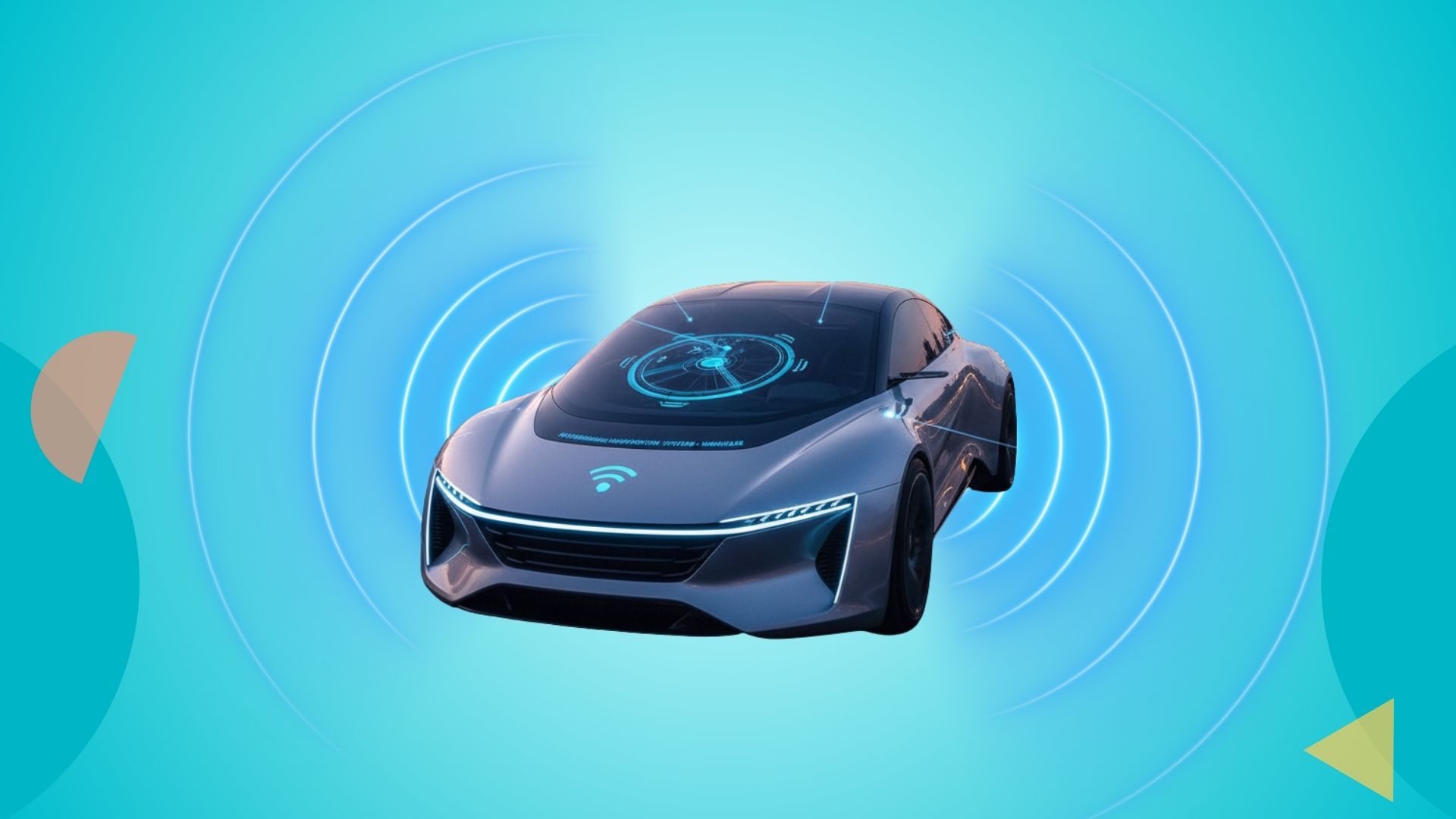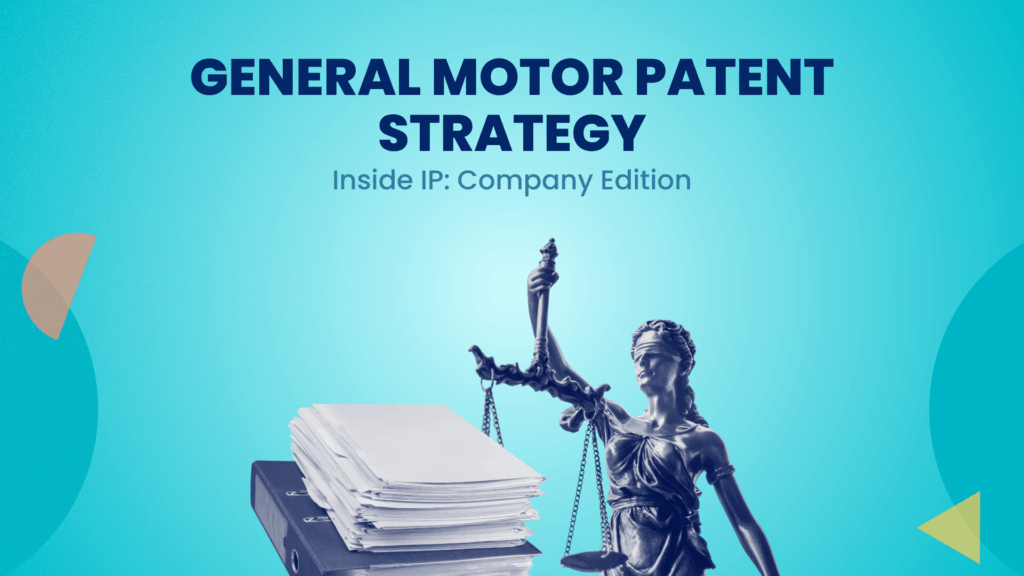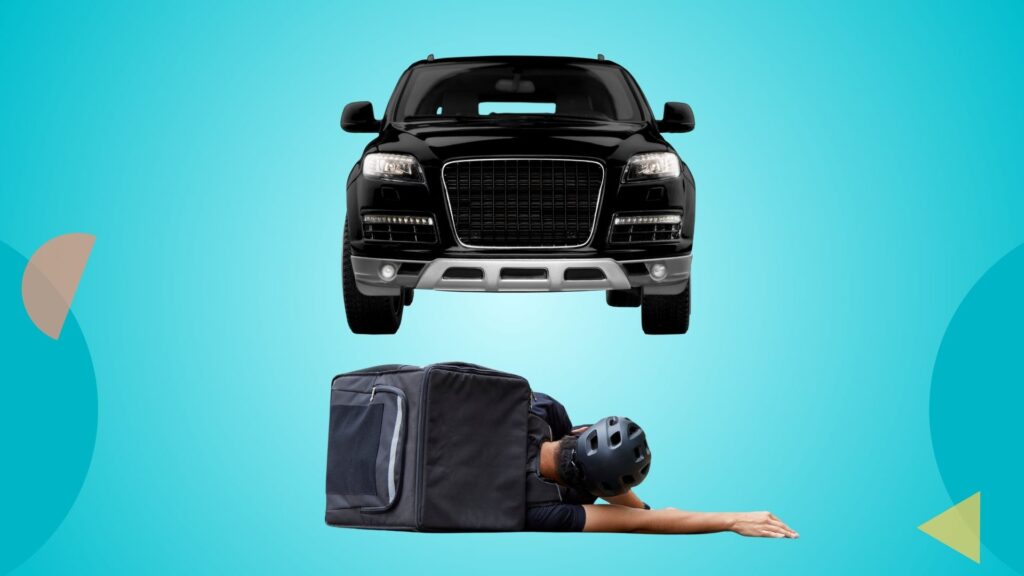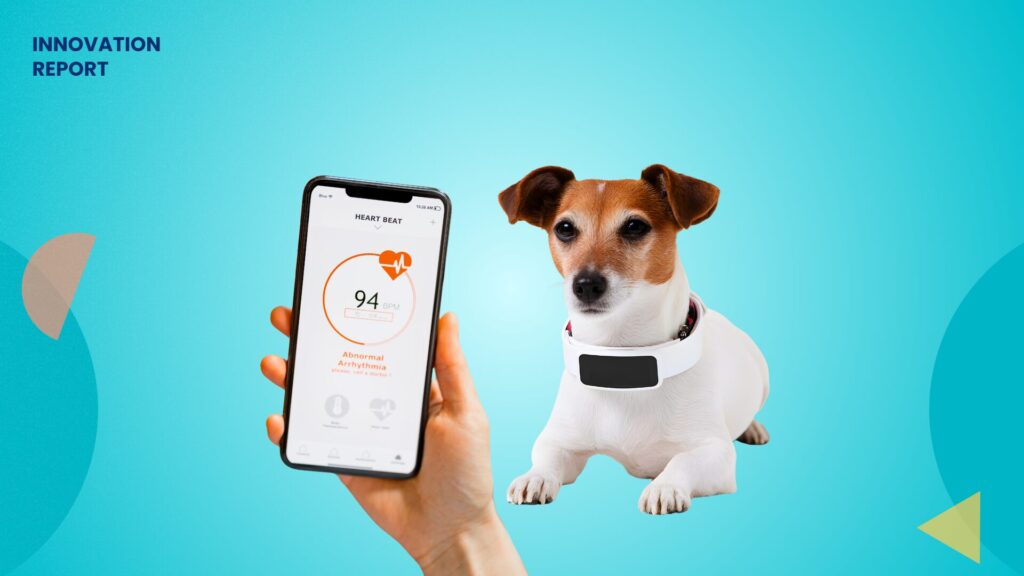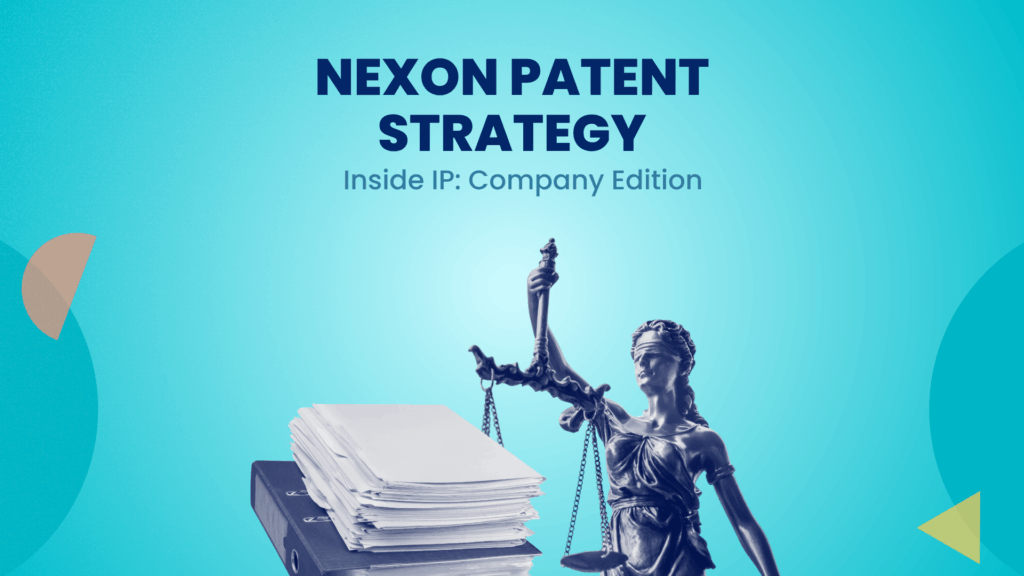Towards the end of 2020, Hyundai claimed that its AEB safety technology, Forward Collision-Avoidance Assist (FCA), is now standard on 96% of its car and SUV lineup.
“We are proud to offer this life-saving technology on the vast majority of new Hyundai vehicles. It speaks to our organizational dedication to vehicle safety and the industry’s ability to work together and advance motor vehicle safety voluntarily.”
-Brian Latouf, President, Global Chief Safety & Quality Officer.
Hyundai frames the accomplishment as proof of a “safety‑first philosophy,” and the company noted that it had met the industry’s voluntary commitment ahead of schedule.
The new feature works really well but it also has some challenges.
People share incidents where the FCA fell short of what it was supposed to do.
FCA (Forward Collision-Avoidance Assist) operates in defined speed bands, warns before braking, and can be temporarily disabled by the driver. Visibility, weather, and sensor cleanliness can affect its functions.
If snow or mud blocks the camera, heavy rain or fog obscures the road, or the windshield gets dirty, FCA may “limit or disable” itself.
Drivers can adjust sensitivity to “Normal,” “Early,” or “Late,” and in some models, they can turn the feature off.
The “Early,” “Normal,” and “Late” settings in the Hyundai Forward Collision-Avoidance Assist (FCA) system adjust the timing and distance at which the initial visual and audible collision warnings are activated.
- Early: The system provides warnings soon, when the vehicle is still relatively far from the detected obstacle. This setting is recommended for high-speed travel, such as on highways, where more distance is needed to react and stop safely.
- Normal: This is the default or standard setting, offering a balanced warning time suitable for normal driving conditions.
- Late: The warnings are issued later, when the vehicle is closer to the obstacle. This setting is generally recommended for city driving or heavy, slow-moving traffic, where earlier warnings might seem too sensitive or intrusive due to frequent proximity to other vehicles.
These caveats matter because the AEB mandate for 2029 makes many such adjustments impermissible. It requires that the system default to “on” at each start and operate at high speed and in the dark.
This real‑world story matters because FMVSS 127 (AEB Mandate) transforms voluntary commitments into law. The final rule requires all light vehicles weighing less than 10,000 lb to have AEB with pedestrian detection by September 2029, with no exemption for poor lighting or weather conditions.
The rule defines speed bands and conditions that far exceed those of many current systems. AEB must avoid rear‑end collisions at speeds up to about 62 mph and must engage automatic braking at up to 90 mph when a collision is imminent.
Pedestrian detection must work in daylight and darkness. False activations must be limited to a 0.25 g peak deceleration in specified non‑threat scenarios.
The 2025 regulatory agenda suggests that NHTSA may propose extending the compliance date and easing some testing requirements, but the core requirements remain.
When you overlay Hyundai’s dusk hesitation with the specifics of FMVSS 127, the tension between voluntary performance and mandatory standard becomes the beginning of an engineering journey.

Source: RepairerDrivenNews
FMVSS 127 Requirements
| Scenario family | Sub-scenario | Test speed band (mph) | Lighting | Pass metric | Capability under testing |
| Lead-vehicle | Stopped LV | ≤ 62 | Day & Night | No contact | FCW + auto brake window |
| Lead-vehicle | Slower-moving LV | ≤ 62 | Day & Night | No contact | Overlaps per test spec |
| Lead-vehicle | Imminent collision | ≤ 90 (apply) | Day & Night | Auto braking | Decel timing windows |
| Pedestrian | Crossing adult/child | ≤ 45 | Day & Night | Avoid/mitigate | Lateral & speed combos |
| Pedestrian | Stationary | ≤ 45 | Day & Night | Avoid/mitigate | Low-contrast cases |
| Pedestrian | Along-path | ≤ 45 | Day & Night | Avoid/mitigate | Headlamp states logged |
| False-activation | Steel trench plate | Highway | Day & Night | ≤ 0.25 g add’l decel | ASTM A36 plate, flush fasteners |
| False-activation | Parked-car pass-through | Highway | Day & Night | ≤ 0.25 g add’l decel | Defined corridor gap |
| System behavior | Default-on | — | — | Enabled at ignition | No general defeat, telltale of a malfunction |
From a technical standpoint, meeting these demands is not simply about adding more sensors. It is about calibrating the ADAS sensor fusion and decision logic so that the system reliably distinguishes between true and false threats.
High speeds require robust detection and control algorithms to avoid panic stops at highway velocity. Darkness requires sensitive but selective night pedestrian detection that avoids phantom braking.
The false‑activation tests require the system to recognise non‑threat devices like steel plates and pass‑through corridors and to limit extra deceleration to 0.25 g.
To achieve FMVSS compliance, Hyundai will need to align its design with these specifics.
It must deliver verifiable performance across scenarios, maintain an always‑on operation, and provide clear diagnostic feedback when the system cannot perform.
Public Review
Hyundai’s announcement that 98 % of its new vehicles include automatic emergency braking is meant to signal that the brand leads on safety.
However, the fine print in Hyundai’s manuals and the details of FMVSS 127 reveal a broader story. Forward Collision-Avoidance Assist (FCA) is a system that uses ADAS sensor fusion with cameras, radar, and, sometimes, lidar to detect vehicles and pedestrians ahead.
It operates within defined speed ranges. It issues forward collision warnings first and applies the brakes only when risk thresholds are met. If the driver presses the brake pedal, the system blends human and automated input.
The manual warns that performance may degrade if sensors are blocked, the weather is severe (e.g., heavy rain, snow, or fog), or the windshield is dirty. So, while Hyundai promotes 98 % coverage, the system’s real‑world capabilities vary widely.
These limitations become critical when measured against FMVSS 127. The rule requires AEB to operate across a broader spectrum.
Even though Hyundai’s manuals admit the system may not function under heavy rain or if sensors are obscured, the rule expects performance regardless of such conditions or requires a malfunction telltale when the system cannot meet the standard.
Drivers on forums and owner groups offer unfiltered feedback on Hyundai’s FCA. Their comments illustrate how the system feels in daily use and reveal the contradictions between being too cautious and too timid.
On the Inside EV forum, one driver described changing their FCA setting from “Normal” to “Late” after the system issued frequent warnings and once “slammed on the brakes,” which the driver said “scared the crap out of me.”

That is phantom braking – unintended deceleration in response to non‑threat signals.
For that driver, false positive AEB undermined confidence in the system.
Another Kona owner reported the opposite. Even with the warning timing set to “Early,” they never triggered a warning around town. The system seemed dormant even in situations they thought were risky.
These events show how real‑world experience differs.
To address these contrasting perceptions, some carmakers are experimenting with shadow‑mode logging. They are silently running advanced algorithms in the background to see how often they would intervene if active.
This digital twin testing approach allows calibration teams to analyse false-positive events and near-misses without affecting driver experience.
Data collected from fundamental drivers in shadow mode can inform better thresholds and decision models. Hyundai and its peers will need to adopt such techniques to refine FCA’s behaviour and avoid both phantom braking and missed alerts.
After all, AEB validation is about ensuring that the system behaves as expected across the entire operating envelope, not just in static lab tests.
Patents: The Architecture behind Hyundai’s FCA system
The nuances of Hyundai’s FCA system emerge from a network of patents that map out a layered architecture. These patents show how Hyundai uses ADAS sensor fusion to combine data from cameras, radar, and other sensors and how control decisions flow through various subsystems. Underpinning the system are five broad layers:
- Brains: This layer handles decision logic. Patents such as US20250276581A1 describe risk thresholds, deceleration curves, and algorithms that decide when to move from a warning to braking. Another, US20250249872A1, focuses on arbitration among standard braking, brake assist, and emergency braking, ensuring the system blends human and machine inputs without clashing with the driver. These patents reveal how Hyundai’s FCA decides when and how to act.
- Muscles: The actuation layer ensures the system can deliver braking force quickly. EP4582715A1 proposes an electro‑mechanical actuator designed to reduce the gap between a brake command and torque output. Every 10 ms saved at 100 km/h translates to several feet of stopping distance. US20250263060A1 addresses energy management in electric vehicles, blending regenerative and friction braking to ensure emergency deceleration is always available.
- Nerves: Driver feels and feedback matter. US20250249876A1 describes a pedal simulator that mimics hydraulic feel in brake‑by‑wire systems. Without such feedback, the pedal can feel “dead,” undermining driver confidence when the system intervenes. Feedback is essential in balancing automation with human expectations.
- Balance: Stability and coordination across ADAS are critical. US20250269736A1 links braking control to yaw and lateral dynamics, preventing spinouts during aggressive stops. US20250269842A1 envisions cooperative braking with lane‑keeping, adaptive cruise control, and other ADAS functions. This ensures the AEB system does not conflict with different safety features.
- Infrastructure: Several patents, including US20250263104A1 and US20250236216A1, address system‑health monitoring and command distribution. They provide scaffolding for interpreting sensor inputs, diagnosing failures, and ensuring that commands are dispatched reliably across modules.
Taken together, these patents show that Hyundai’s FCA is more than a single module. It is an ecosystem designed to handle detection, decision, and actuation. They underscore that the challenge of meeting the AEB mandate 2029 is not adding a sensor; it is orchestrating the entire system. Yet these patents also expose what they do not cover.
Few filings explicitly address night pedestrian detection or the false‑activation test devices defined in FMVSS 127. That gap suggests why phantom braking events and nighttime weaknesses persist.
To close those gaps, Hyundai and other automakers will need to go beyond hardware and core control logic.
They will need to incorporate digital twin testing and shadow‑mode logging into their development pipeline to validate algorithms on a broader range of conditions and to ensure ADAS validation covers night, high‑speed, and false‑activation scenarios.
What are the Current Systems missing to fulfill the AEB mandate?
Bringing owner’s manuals, patent portfolios, and FMVSS 127 requirements together reveals several technical gaps that automakers must address to achieve full compliance by the 2029 deadline. These challenges are not unique to any single manufacturer.
Recent AAA testing found that nighttime pedestrian AEB performance improved industry-wide from 0% in 2019 to only 60% in 2025, indicating substantial work remains across the sector. Using Hyundai’s Forward Collision-Avoidance Assist (FCA) system as a representative case study illustrates where the industry must bridge critical gaps.
Night-Pedestrian Detection Remains the Hardest Challenge
The first gap involves nighttime pedestrian robustness. Owner’s manuals for current FCA implementations warn that the system may not work reliably in low light or glare conditions, and driver reports indicate fewer alerts at dusk and night. Patent portfolios examined do not claim specialized night-vision or dark-scene detection algorithms optimized for the regulatory test conditions required by FMVSS 127.
IIHS research shows that pedestrian AEB reduces crashes in daylight but has little or no effect on unlit roads. Without dedicated night-pedestrian detection algorithms and sensors tuned for low-light conditions, systems risk failing FMVSS nighttime tests, which mandate complete darkness testing, unlike Euro NCAP protocols that allow street lighting.
This represents one of the most technically demanding aspects of the new standard, requiring sensor hardware upgrades and advanced image processing that can cost individual OEMs over $430 million.

Source: IIHS
High-Speed Coverage Demands Substantial Upgrades
The second gap involves high-speed operation. Many current FCA implementations cap strong braking at lower speeds, and advanced features like intersection-turning assistance have even tighter limits. While patent portfolios suggest scalable logic, they do not explicitly claim coverage at the speeds FMVSS 127 mandates—up to 145 km/h (90 mph), far exceeding UNECE R152’s 60 km/h limit.
Bridging this gap will require hardware that can sense farther and control logic that can make decisions quickly enough to avoid collisions at freeway speeds. Multiple manufacturers face this challenge, as it requires rigorous ADAS validation at speeds too risky to test on open roads. Digital twin simulations and advanced radar systems capable of longer-range detection are becoming essential tools for achieving compliance.
Default-On Architecture Requires Interface Redesign
The third gap concerns default-on, non-disable controls. Current FCA systems allow drivers to adjust sensitivity and, in some models, turn the system off entirely. FMVSS 127 requires that AEB remain active by default and permit disablement only in narrow circumstances, such as when towing.
OEMs whose current implementations allow full system disablement must redesign user interfaces to meet this requirement. The patent portfolios and owner’s manuals examined do not yet reflect this regulatory constraint, indicating that substantial software and human-machine interface updates will be necessary across affected vehicle lines.
False-Positive Protection Must Meet Strict Thresholds
The fourth gap addresses false-activation prevention. Driver complaints across multiple brands describe systems that “slam on” the brakes unexpectedly, with Nissan Rogues generating over 850 phantom braking complaints and 14 crashes, illustrating the industry-wide calibration challenge.
Owner’s manuals acknowledge that systems may behave unexpectedly or issue warnings too often.
FMVSS 127 specifies two test devices—a steel trench plate and a pass-through corridor—and caps additional deceleration at 0.25 g in these non-threat scenarios.
The Alliance for Automotive Innovation has warned that “no contact” requirements at high speeds may increase false positives and rear-end collisions, creating a technical balancing act for all manufacturers. Patent portfolios examined do not explicitly address the logic for recognizing these regulatory decoy devices, meaning automakers must develop sophisticated scene classification to avoid phantom braking while maintaining genuine threat detection.
Malfunction Detection Needs Regulatory-Grade Diagnostics
The fifth gap involves malfunction telltales and monitoring. Current owner’s manuals include general warnings such as “Check driver assistance system” without specifying clear failure modes tied to regulatory performance requirements. FMVSS 127 requires continuous system monitoring and a standardized malfunction lamp when the AEB system cannot meet performance thresholds.
The surveyed patent portfolios do not detail robust, telltale strategies aligned with these regulatory requirements. Implementing clear diagnostic messages, consistent fail-safe modes, and compliance-ready telemetry will be essential not only for FMVSS certification but also for maintaining driver confidence in automated safety systems.
Addressing these gaps will require both engineering and process changes. Automakers will need to invest in night pedestrian detection, high‑speed sensing and control, default‑on user interface designs, false‑positive rejection logic, and standardised malfunction telltales.
Digital twin testing can help by replicating rare and dangerous scenarios in a controlled environment. Shadow‑mode logging can capture false positive AEB events on public roads without intervening, providing data to refine algorithms.
ADAS validation must expand beyond basic scenarios to cover dark, high‑speed, and false‑activation conditions. By tackling these gaps, Hyundai can turn its patents into products that meet both regulatory and user expectations.
Conclusion
Hyundai patents show a thoughtful architecture across decision logic, actuation, driver feedback, stability, and system health. The company has achieved the voluntary industry commitment, and models like the Santa Fe and Sonata earn good or acceptable ratings in updated IIHS tests. Nevertheless, there remains a gap between public commitments, driver experiences, patent aspirations, and what the AEB mandate 2029 actually requires.
The difficult edges – night performance, high‑speed coverage, false‑positive control, default‑on behaviour, and malfunction detection – remain. If a dusk scenario with a parked‑car corridor and a small child behind it were replayed on a test track, any hesitation or misreading by Hyundai’s FCA would be plain. The difference between a good product and a compliant, trusted safety technology will hinge on closing those gaps.
While the Alliance for Automotive Innovation has sued to overturn FMVSS 127, calling the no‑contact specification impractical, and NHTSA’s regulatory agenda hints at a possible two‑year extension, these uncertainties should not dictate engineering.
Litigation and policy changes may adjust timelines, but they will not change the physics of stopping a car or the need for driver trust. Brands that invest early in meeting or exceeding the standard will be better positioned than those hoping for relief. Compliance with the AEB mandate 2029 requires more than hardware; it demands disciplined calibration, rigorous ADAS validation, and a closed‑loop quality process that extends into the field.
For Hyundai and its peers, the path forward involves turning patents into production‑ready software, aligning user interfaces with regulatory constraints, and building confidence through data‑driven refinement. Digital twin testing should be used to evaluate performance in scenarios too dangerous or rare for real‑world testing.
Shadow‑mode logging should become standard practice to capture false-positive AEB events and near misses. By incorporating these tools and focusing on software quality, automakers can move from good products to trusted safety systems. That is the journey from a voluntary pledge to FMVSS compliance and from marketing slogans to meaningful safety in the dusk.
How Can We Help You?
We support industry-leading R&D and Innovation professionals through complex problems. Describe your challenge, and let us bring clarity and expertise.

